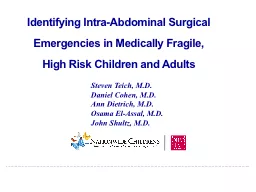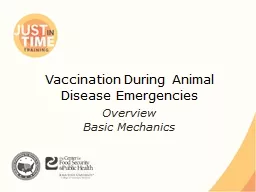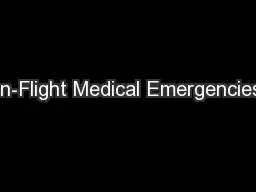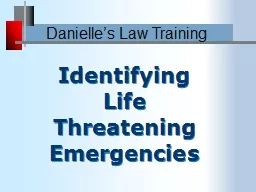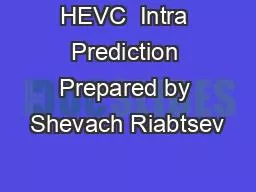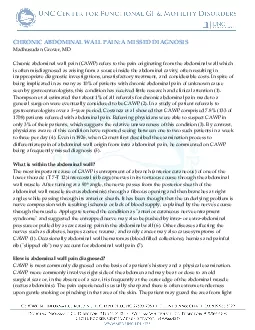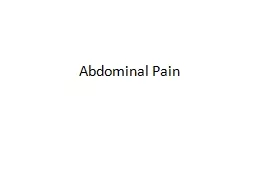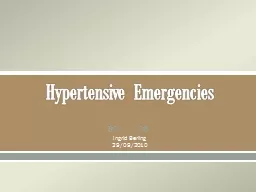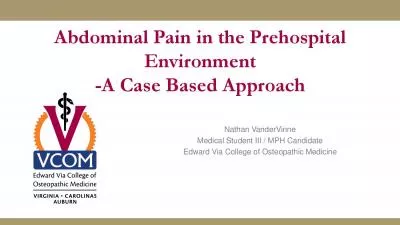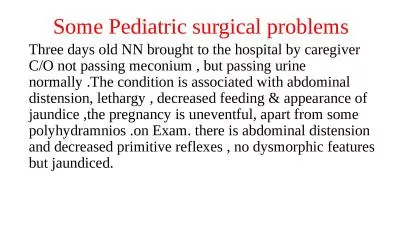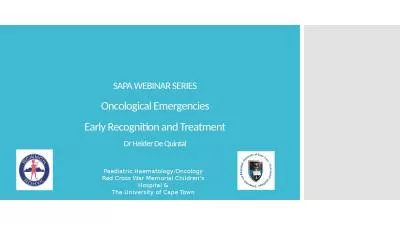PPT-Identifying Intra-Abdominal Surgical Emergencies in Medical
Author : jane-oiler | Published Date : 2016-10-28
High Risk Children and Adults Steven Teich MD Daniel Cohen MD Ann Dietrich MD Osama ElAssal MD John Shultz MD Study Aims Aim 1 Describe the presentation of acute
Presentation Embed Code
Download Presentation
Download Presentation The PPT/PDF document "Identifying Intra-Abdominal Surgical Eme..." is the property of its rightful owner. Permission is granted to download and print the materials on this website for personal, non-commercial use only, and to display it on your personal computer provided you do not modify the materials and that you retain all copyright notices contained in the materials. By downloading content from our website, you accept the terms of this agreement.
Identifying Intra-Abdominal Surgical Emergencies in Medical: Transcript
Download Rules Of Document
"Identifying Intra-Abdominal Surgical Emergencies in Medical"The content belongs to its owner. You may download and print it for personal use, without modification, and keep all copyright notices. By downloading, you agree to these terms.
Related Documents

